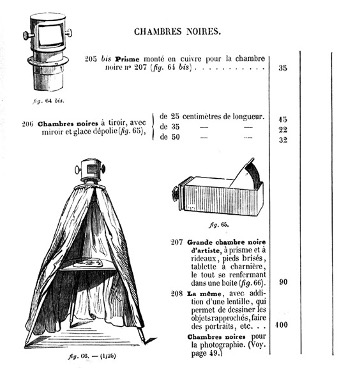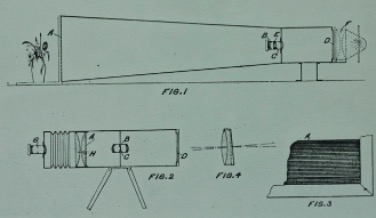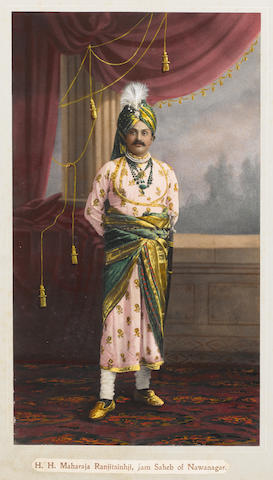

28th October 2020
Welcome to another inspiring Lanchester Sketch Club. As the clocks go back, we’re continuing online, but we hope to be able to resume soon. Last month’s Sketch Club was about Turning Circles and we look forward to sharing your artwork online on Twitter using the #CovSketchbook or tag us @lanchester_ia or via our Facebook page.
The SketchClub is a monthly space and time to be creative and sketch anything related to a different Lanchester-inspired theme. On the last Wednesday of every month the new theme will be revealed and this month we are Ways of Seeing – Painting with Light!
The short video and pictures below will hopefully provide some inspiration and feel free to delve into the archives for some inspiration or download the worksheet.
Artists have always experimented with understanding and emulating the way we see, from early developments in perspective using the camera obscura and foreshortening to George Seurat and his experiments in pointillism or the superrealist/Hyperrealist painters of the 60’s and 70’s trying to capture a photo-like painted version of reality.

Camera Obscuras (Chambres Noire) Lerebours et Secretan (1853)
This is an Italian term which literally means ‘light-dark’ that gives the effect of a strong source of light from outside the canvas hitting directly on the subjects. In paintings the description refers to clear tonal contrasts which are often used to suggest the volume and modelling of the subjects depicted. The development of this technique enabled artists to create the illusion of their subjects almost stepping out from the dark background of the painting.

Salome with the Head of John the Baptist c. 1607 – Caravaggio

Girl with a Pearl Earring – Johannes Vermeer
George Seurat was a French post-Impressionist artist. He is best known for devising the painting techniques known as chromoluminarism as well as pointillism.

A Sunday Afternoon on the Island of La Grande Jatte 1884 – 1886
This is perhaps Seurat’s most famous work and is the most famous of the Pointillist paintings. When it was exhibited in 1896 Seurat was immediately acknowledged as the leader of a new and rebellious form of Impressionism called Neo-Impressionism.

Georges Seurat – Sitting Model, Profile, 1887, Close up of Pointillism brush stroke – GIF by Zuleyka Zevallos
Inspired by scientific developments in optics and colour theory of the time, such as those of Michel Eugène Chevreul, Seurat used this science in his painting. He applied contrasting miniature dots of colours that, when unified optically in the human eye were perceived as a single shade or hue. This is achieved the further you stand away from the painting – which needs a fairly big room as the painting is 10 ft x 7 ft!
Michel Eugène Chevreul (1786 – 1889) Was a hugely influential French chemist who worked in areas such as medicine, Science and Art.But his great impact on art and colour theory is what we are ‘focusing’ on here. Chevreul discovered that the contrast of colour was not a chemical process but an optical process. He demonstrated that when two objects of the same colour were placed side by side they appear to be dissimilar in hue and tone. This effect is more apparent when the objects are placed next to other objects of complementary colours. This is known as simultaneous contrast.

Example of simultaneous contrast – The colour in the centre of each pair is identical but both appear to be different hues
Chevreul produced the colour spectrum where he compared colours to each other and produced thousands of tints.

Presentation of a way to define and name the colours, Chevreul, 1861
But science and art, have long sought to capture our view of the world and, previously in this series, we have looked at pictorial devices such as perspective and drawing machines.

Lanchester‘s patent from 1895 an “improved method of producing colour photographs in natural colours” – LAN/6/20
Another way in which we have sought to capture images by use of devices that mimic the eye is through the development of the camera and Lanchester early on in his career worked on innovations in colour photography. His patent for colour photography in 4 colours from 1895 details “improved method of producing colour photographs in natural colours” (LAN/6/20)
Frederick Lanchester was often driven by his personal insight into utility and domestic situations. Whether this was his love of music, poetry or his own awareness of the human body and health he was always inquisitive and creative.
This led him to investigate the ‘mechanics’ of the human body in a way that was his approach to all of his problem solving. He often corresponded with expert academics of the time, in the various fields of interest to further his knowledge. These formed a collection of correspondence with a wide range of people including Professor Robert Lockhart: University Of Birmingham/ President of the Anatomical Society.

Directional Fixity and the Transitory Visual Impression or Fleeting Image’
Dr Lockhart championed this work and presented it to the Anatomical Society of Great Britain and Ireland in 1934. It was well received and contributed to the development of further research in this area
Some of Fred’s hand drawn visual test are also found in the collections of the LIA.

How can art capture the way we see the world around us? Capture a view from a moment in time? Or how can this be used to demonstrate the way an artist emulate the mechanics of vision or take us to a unique vision or view point?
Feel free to delve into the archives for some inspiration or download the worksheet.
We look forward to sharing your artwork online on Twitter using the #CovSketchbook or tag us @lanchester_ia or via our Facebook page.

Frederick Lanchester’s legacy is worldwide. Learn more about our archive, how the Indian Maharajas favoured the Lanchester cars over Rolls Royce & how the Peaky Blinders series took inspiration from the influential members of the Lanchester family. Coventry University’s Lanchester […]
Read More
Today we celebrate the 153rd birthday of the engineer, scientist, inventor, author, poet and possibly the first ‘ingeniator’ – Fred Lanchester. On October 23rd 1868, in Lewisham Octavia and Henry welcomed Fred Lanchester into the world and alongside his brothers […]
Read More
NASA’s Perseverance rover, having survived its own hair-raising landing on Mars, has released a unique machine that is set to become the first vehicle to undertake powered flight on another planet. The Ingenuity helicopter didn’t have far to travel (about […]
Read More